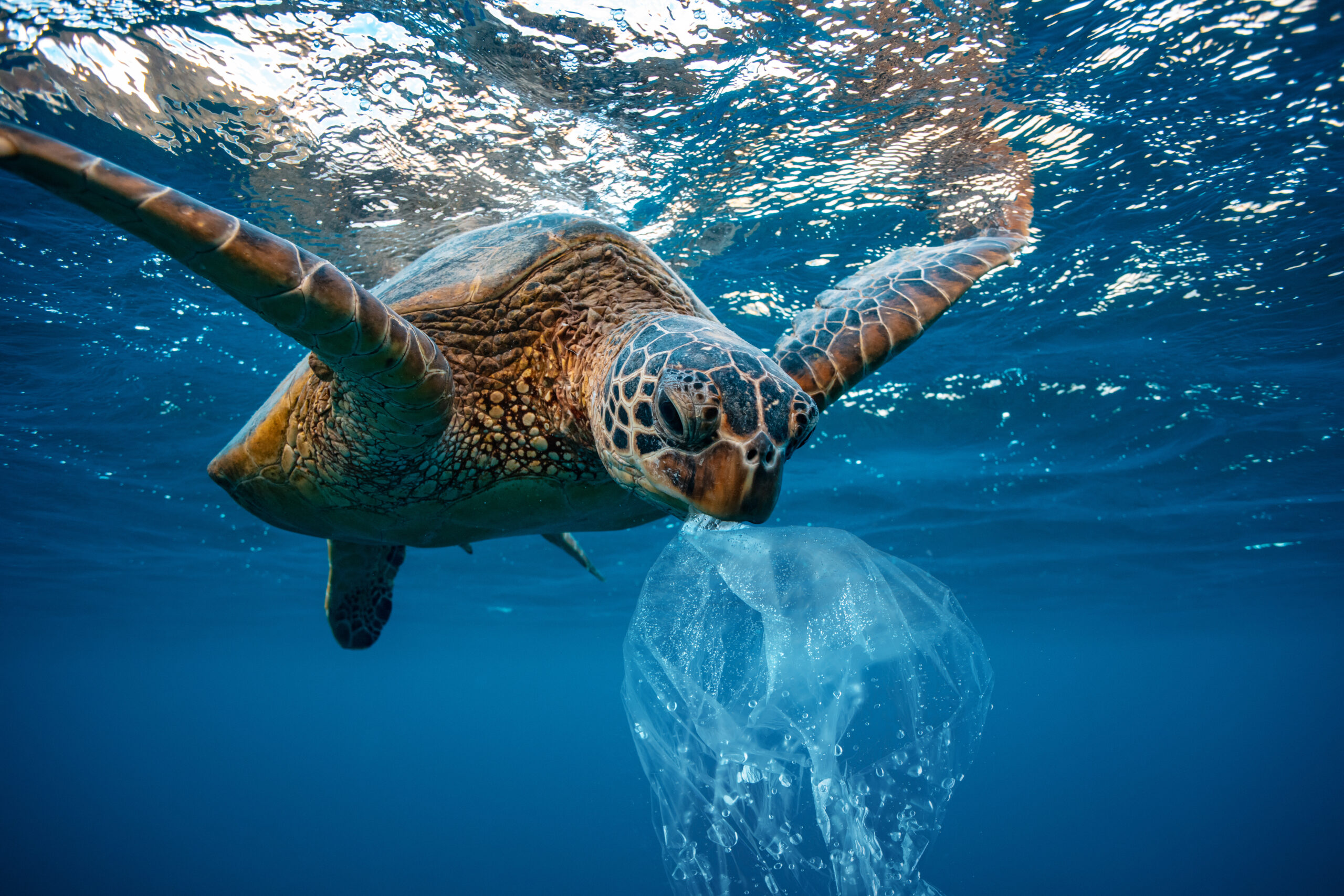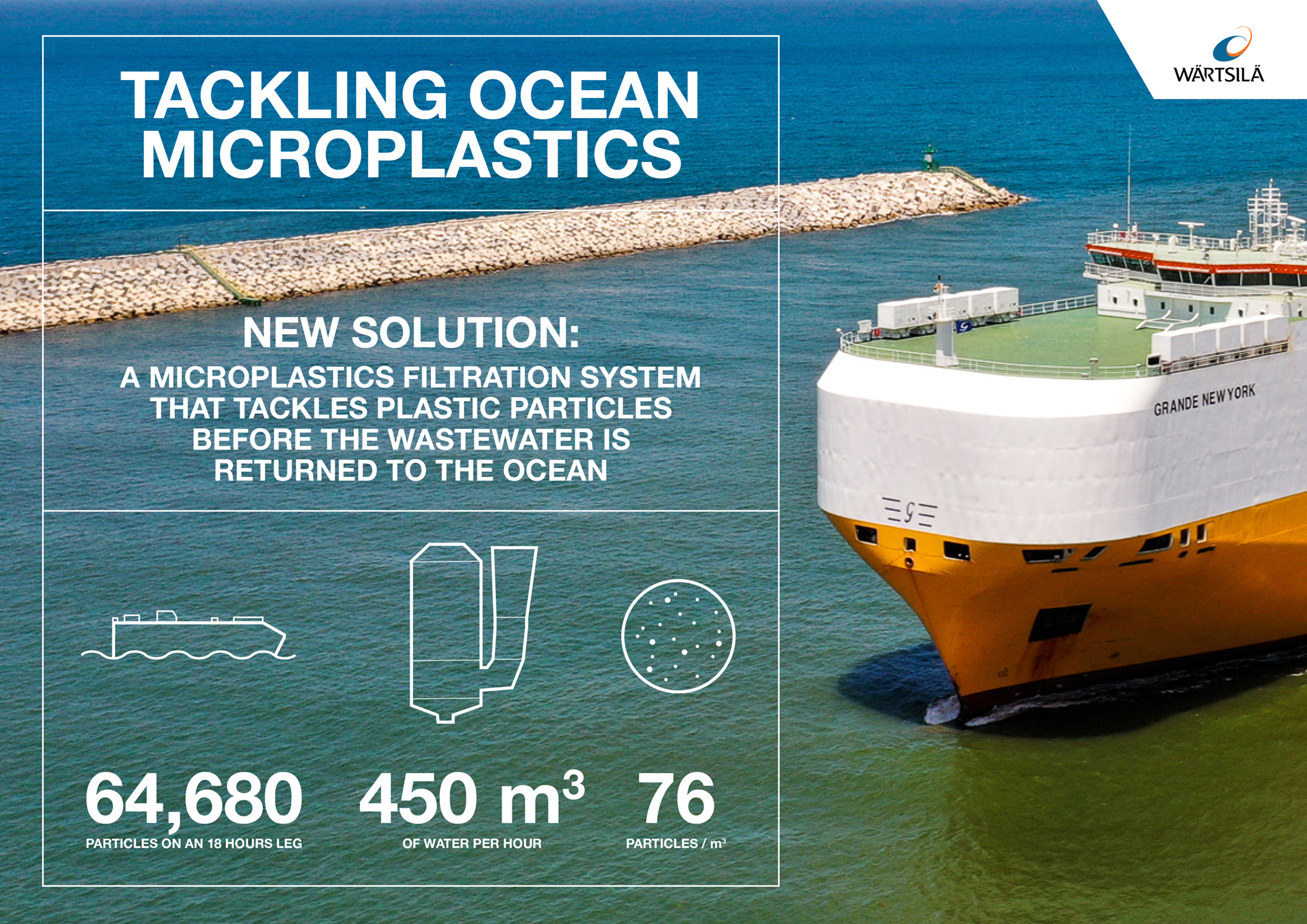Press Release: Anglo-Norwegian R&D company Ladar Ltd has developed a ground-breaking, compact LADARTM (laser detection and ranging) system that can supercharge plastic detection capabilities for end users involved in everything from environmental research and monitoring to marine clean-up campaigns and harvesting plastic for recycling.
Huge amounts of plastic waste get dumped into our oceans every year, despoiling not only coastlines but triggering the agglomeration of vast islands of trash driven by the ocean currents. Estimates vary between eight and 15 million metric tonnes annually, according to DNV GL expert Arnstein Eknes. It’s about a lorry load every minute.

Lakes and rivers are likewise afflicted by an invasion of plastic that is eventually washed downstream to pollute estuaries and wetlands. “I’m getting more and more alarmed at the seriousness of this problem,” says Eknes. “No area of the planet is untouched.”
It is estimated that plastic ingestion is responsible for the death of one million marine animals every year. “Especially sea birds are paying a high price. One study showed that 80% of the stomach contents of the species under investigation was plastic, which they’d collected at sea and were feeding to their chicks. That is tragic in my book,” Eknes says.
Holistic approach
But despite laudable moves to ban single-use plastic and even an undertaking last year at the G20 meeting in Tokyo to combat plastic pollution, production and consumption keeps growing. “We need to address the problem at many different structural levels, particularly effective waste management on land and driving awareness of the adverse effects of the today’s consumption culture,” Eknes says. The production of massive quantities of disposable masks and plastic personal protection equipment (PPE) thanks to the coronavirus crisis may serve to exacerbate the situation.
Eknes stresses he is not anti-plastic per se. “Plastic is essential and a great resource. We just need to handle it in the right way, from responsible manufacturing through disposal and recyclability. We should also encourage the use of viable alternatives where it isn’t essential,” he says.
Pollution scourge
What is even more pernicious for the marine ecosystem is the plastic pollution you can’t see immediately with the naked eye. Microplastics and even tinier nanoplastics originate from a host of mundane products like clothes and cosmetics, while secondary particles result from the degradation of larger objects over time. Particles sink through the water column to contaminate sediments while the presence of microplastics in fish and shellfish is a growing health concern in terms of human consumption. Microplastic pollution is now evident even in the depths of the Marianna trench, Eknes says. “There are many uncertainties surrounding plastic getting ‘lost’ in nature, and about the knock-on effects in the ecosystem and marine life,” he says. But he notes not much can be done about what is already in the ocean. “The challenge now is to prevent the pollution at source,” Eknes says.
In the vanguard
Environmental technologies have a big role to play in combating this huge global problem, not only in mapping and studying its effects, but also in pollution mitigation. Ladar Ltd is a case in point. Its microspectral LADARTM system developed over the last few years with early support from the EU’s Horizon 2020 fund is a game-changer in remote plastic detection and plugs an important technology gap. “I’m not aware of any other commercially available solution that can detect debris so accurately in the surface water layer,” says company founder Sverre Dokken.
LADARTM uses a laser beam pulse to provide reliable and long-range plastic detection with high-speed operation and no latency. Highly accurate measurement provides a full 3D perspective of the scanned area or target in real time. Its laser bandwidth configuration can be adapted to different light wavelengths depending on requirements.
Water penetrating capability
“In normal operating situations LADARTM can detect objects in the surface layer at a range of a few metres up to a nautical mile distant,” says Dokken. This allows for the creation of an effective surveillance zone around a platform where plastic objects can be detected, characterized, classified and tracked. Relevant observational data is processed using AI algorithms and displayed in real time via an intuitive GUI (graphical user interface). “We designed the system to be as user friendly as possible,” Dokken says. “It can be easily integrated into existing instrument decks or used as a standalone tool.”
Multipurpose technology
Dokken says the system’s current set-up allows for a huge variety of applications related to plastic detection such as real-time 24/7 monitoring of specific areas such as rivers and coasts, harbours and ports, volume measurement also in different sea states, flow patterns and other essential research data. The system also enables plastic detection for targeted clean-up and catchment interventions by either manned or autonomous craft.
The system can accurately and precisely detect different sizes of plastic and display this data to enhance user performance, while also providing key information both prior to and after clean-up operations. Its 24/7 monitoring capability enables examination of plastic debris flow and breakdown cycle that can be inferred and used in modelling. “This information can subsequently assist in planning and management of clean-up activities, identifying main sources of plastic debris and optimum siting of catchment structures,” says Dokken.
Circular economy
Remote detection may also have a role to play in the harvesting of marine plastic for recycling as part of moves towards a circular economy. Dokken suggests governments could, for example, introduce quota-related incentives for idle fishing boats and trawlers to “fish” for plastic in vulnerable coastal areas using LADARTM detection. Although that kind of action might result in shoreside bottlenecks absent suitable onward processing capabilities, retrieval of marine plastic for recycling is certainly a new industry in the making, says Eknes. He says DNV GL is working on protocols to certify that products recycled from marine plastic are what they say they are.
‘Valuable tool’
With appropriate bandwidth reconfiguration, LADARTM also has potential to detect and track micro- and nanoplastics in support of future environmental regulation of waste management and industry. It could also be used to protect fish farms in coastal areas sensitive to plastic pollution transported downstream by rivers following storms. “Microplastics are today very challenging to monitor and there is a lot scientists still don’t know about the potential long-term harmful effects. LADARTM can help in those efforts,” Dokken says.
Eknes says any kind of precision sensor technology can be extremely helpful in mapping plastic density and source tracing, and as part of investigations into pollution peaks and seasonal variations, especially in rivers. “I think it’s a valuable tool regardless of the business case,” he says.
Versatile and portable
Thanks to its compact size and low weight, LADARTM can be mounted on virtually any platform, while its modular assembly allows for rapid redeployment and easy maintenance. “Solutions that are portable and easy to move around can make a big difference,” says Eknes.
Dokken says drone platforms are also going to be increasingly important in the next phases of development as the company matches up even lighter versions for plastic detection especially along rivers and shallow coasts in pristine areas that are hard to access.
He says the current and subsequent capabilities of LADARTM make it an essential piece of sensor technology enabling efficient detection of plastic presence in water, for users both public and private. Marine plastic pollution is “one of the greatest challenges facing the world’s oceans” and he is proud to be part of the technological momentum needed to combat it.
Header image: Compact Ladar installation on test vessel / Photo: Ladar Ltd


































